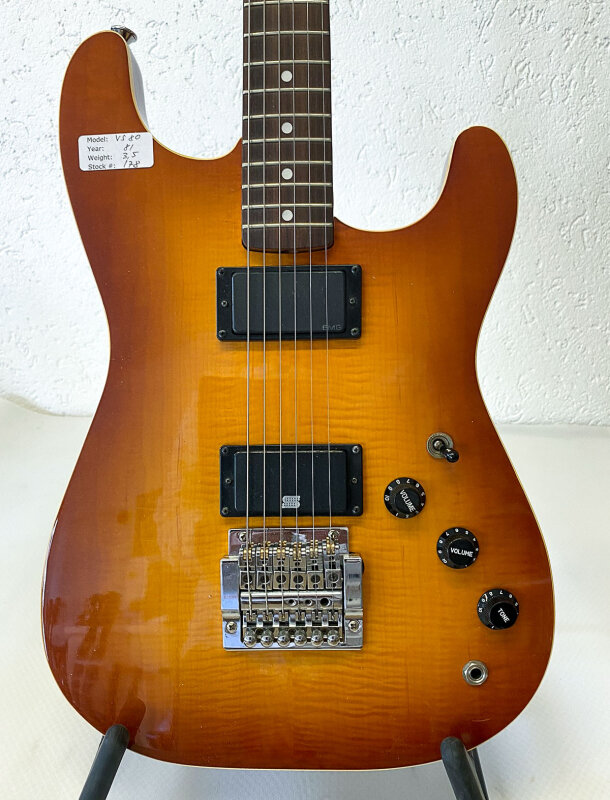

2011 I got a Takamine electro-acoustic after actually selling a Gibson J-45.Ģ012 I acquired that Epiphone Les Paul that I badly craved when I was at school, thanks to a tax rebate I got. 2010 I got my Gibson Les Paul studio as I formed a heavier style rock band so needed a humbucker guitar. Being an ACM student it was the correct way to spend your student loan. I'm a big Green Day and thought the single P90 configuration looked cool with the white colour finish.Ī year later I got my Fender Telecaster from Andertons, the first one from the store. In 2007 I actually got my own guitar bought with my own money, a Gibson Les Paul Junior, Billie Joe Armstrong model. I played this guitar quite a lot during my teens along with the Strat. How they managed to keep it from me I'll never know.

So I had to settle for the Strat copy.Ī year later I got my first acoustic, a Tanglewood one for my 14th birthday that my parents had to hide in a box in a cupboard under the stairs. Of course, not being as good as him my parents wouldn't let me have one as they forecasted I'd quit playing within 6 months. I originally wanted an Epiphone Les Paul that my mate had that he played in the school band. I got my very first electric when I was 13, a cheap Squier Affinity Strat in 1998, it was one of those beginner starter pack things for £195 where you get an amp, strap, stand and other accessories.

It’s not like I’m new to guitar, been playing and collecting for approaching 30 years now, and still don’t have much of a clue. You can happily buy the best one you can afford and settle down! I fear spending £££ on something and deciding I’m no longer into that style a year later. I envy those of you who like strays, or Les Paul’s or whatever, have always liked them and will ever thus like them. The reason for this rambling diatribe is that I have always fancied getting something really special, but have never been able to clearly articulate (or decide) what I actually want. I’ve never been one of these “I can’t play 24 fret guitars” types. The variety I’ve had have different necks, woods, scale lengths, bridges, pickups etc and I’ve got on just fine with all of them. Through it all my tastes have clearly changed but I’ve never been able to pinpoint exactly that my preferences are in a guitar. In the process, however, Robin began winding their own Rio Grande pickups in 1993 and that business still continues to this day.Recently I like Floyds again so I’ve been playing the Yamaha and bought a 90’s RG550. The relationship with ESP ended in 1987 and Robin started building guitars domestically in 1988. Being a boutique shop Robin got carried away with their headstocks at times and even issued a few with a 4x2 split (yuck). It’s actually called the Robin Standard, but it’s based on the 1985 Custom. The one pictured is a more “recent” release with a standard headstock. Like its simplified sibling, the Custom also had a reverse headstock, but it was a more conservative Fender style. Instead of 21 frets like the original, it had 22 and an added humbucker in the neck position making it an SSH arrangement. The ESP model is known as the Ranger Custom and it’s the more familiar of the two.

The original Ranger lasted until 1985 when production moved from Tokai to ESP. The earliest examples were a two single coil configuration with the pickup selector on the bass horn.


 0 kommentar(er)
0 kommentar(er)
